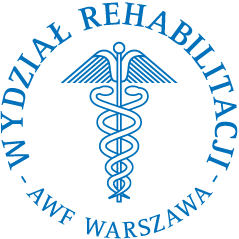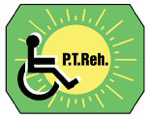


|
Current issue
Archive
Manuscripts accepted
About the journal
Editorial board
Reviewers
Abstracting and indexing
Contact
Instructions for authors
Publication charge
Ethical standards and procedures
Editorial System
Submit your Manuscript
|
4/2019
vol. 33 abstract:
Original paper
Effect of yoga in the modulation of heart rate variability in patients with breast cancer
Tetiana Odynets
1
,
Yuriy Briskin
2
,
Valentina Todorova
3
,
Valeria Tyshchenko
4
,
Olha Bondarenko
3
Online publish date: 2019/12/30
View
full text
Get citation
ENW EndNote
BIB JabRef, Mendeley
RIS Papers, Reference Manager, RefWorks, Zotero
AMA
APA
Chicago
Harvard
MLA
Vancouver
Introduction
The aim of this study was to examine the effect of yoga on heart rate variability in patients with breast cancer in an outpatient rehabilitation program. Material and methods Eighty-four patients with breast cancer were eligible for this study. After the exclusion of 7 women, 77 participants were randomly allocated to a yoga exercise program (group A, n=33) and Pilates exercise program (group B, n=44). Heart rate variability parameters were evaluated at baseline, after six and twelve months of yoga exercises. Results After twelve months of performing yoga exercises, standard deviation of the normal-to-normal intervals (SDNN) improved by 5.53 ms (p<0.001), square root of the mean of the squared differences between adjacent normal RR interval (RMSSD) improved by 4.91 ms (p<0.01), total power (TP) improved by 279.78 ms2 (p<0.001), very low frequency (VLF) improved by 109.76 ms2 (p<0.01), low frequency (LF) improved by 88.38 ms2 (p<0.01), high frequency (HF) improved by 77.60 ms2 (p<0.05), and stress index (Si) improved by 137.24 c.u. (p<0.01). Based on the results after 12 months, women in group A showed significantly better results compared to group B in SDNN by 3.28 ms (p<0.05), RMSSD by 3.34 ms (p<0.05), TP by 170.33 ms2 (p<0.05), HF by 64.33 (p<0.05), and Si by 56.49 c.u. (p<0.05). Conclusions Performing the yoga exercise program resulted in an increase of the parasympathetic and baroreflex effects on the cardiovascular system and a decrease in the tonic effects of the sympathetic nervous system. Yoga should be considered as an effective tool in normalizing the functional state of the autonomic nervous system. keywords:
breast cancer, heart rate, pilates, yoga |
    |